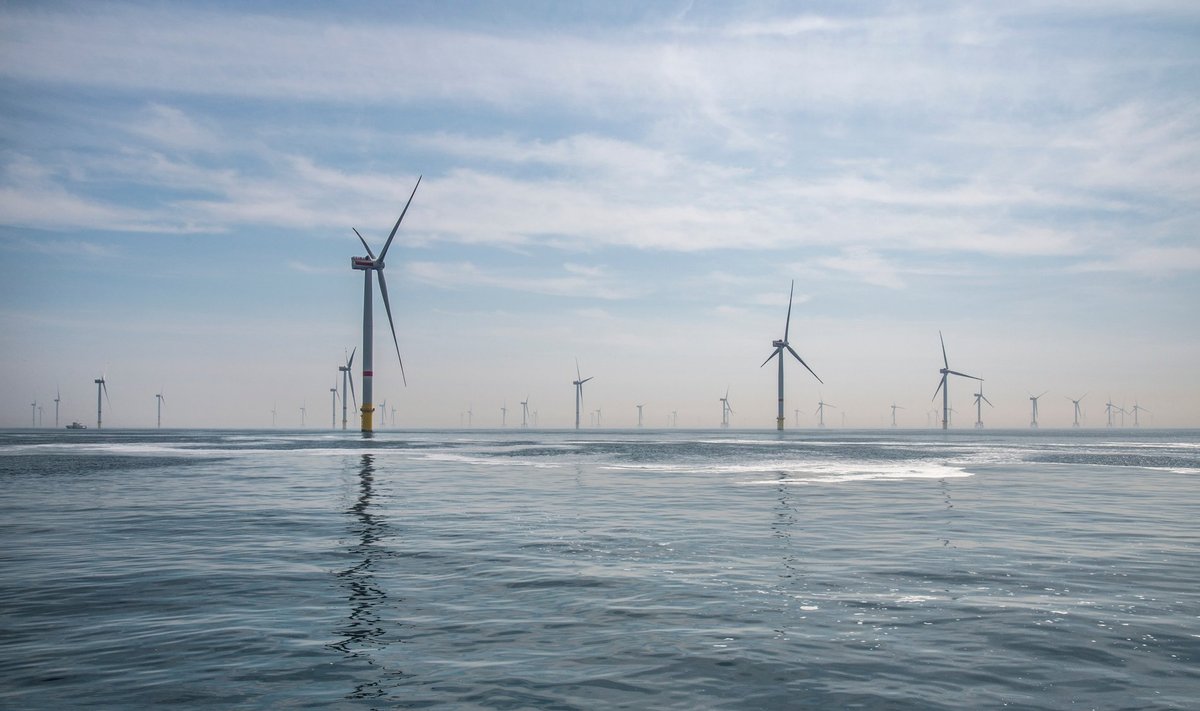The company continues the development of the first offshore wind farm in the Baltic States and is taking wind and meteorological measurements in the Baltic Sea that are necessary for the project.
The measuring station, which was put on a special buoy, will provide environmental monitoring data in real time to help make decisions on developing the project of strategic importance to Lithuania’s energy sector. This data will also help the company to achieve its goal to install offshore wind turbines of 700-megawatt (MW) capacity by 2030. Such capacity would meet up to a quarter of Lithuania’s current electricity demand.
“To have accurate data on prevailing wind speeds and other hydro-meteorological parameters such as wave height, direction and speed of currents, air and water temperature as well as bat activity in the maritime area of the offshore wind farm, our partner Fugro, towed one of their wind LiDAR buoy’s using specialised equipment to the maritime area of the future offshore wind farm and secured it,” says Dainius Stepanonis, Project Manager at Ignitis Renewables who is responsible for marine research.
According to him, this is a very important step in the implementation of the largest current energy project in Lithuania. World-class experts and the latest technology are used to carry out the work.
“All the work in the territory will be completed within a few days, while the installed equipment will be left to collect and continuously transfer data remotely for at least a year, with the option, if necessary, to continue studies for a longer period,” says Stepanonis.
Lithuania is set to be the first of the Baltic States to have an offshore wind farm. The maritime area in the Baltic Sea designated for the offshore wind farm is approximately 120 square kilometres and is located at least 36 km away from the shore, approximately 60 km away from the Port of Klaipėda. The depth at the maritime area ranges from 28 to 48 metres, and the average annual wind speed there is around 9–10 m/s. It is these data that will be adjusted during the current stage.

